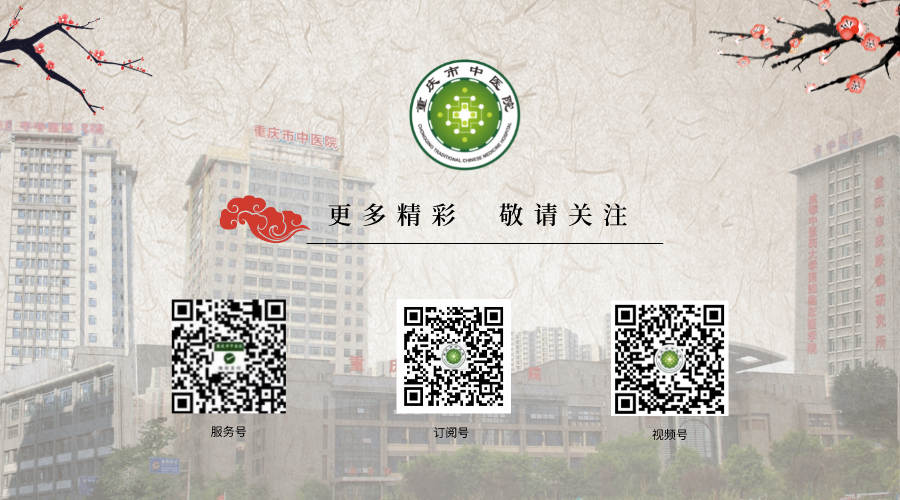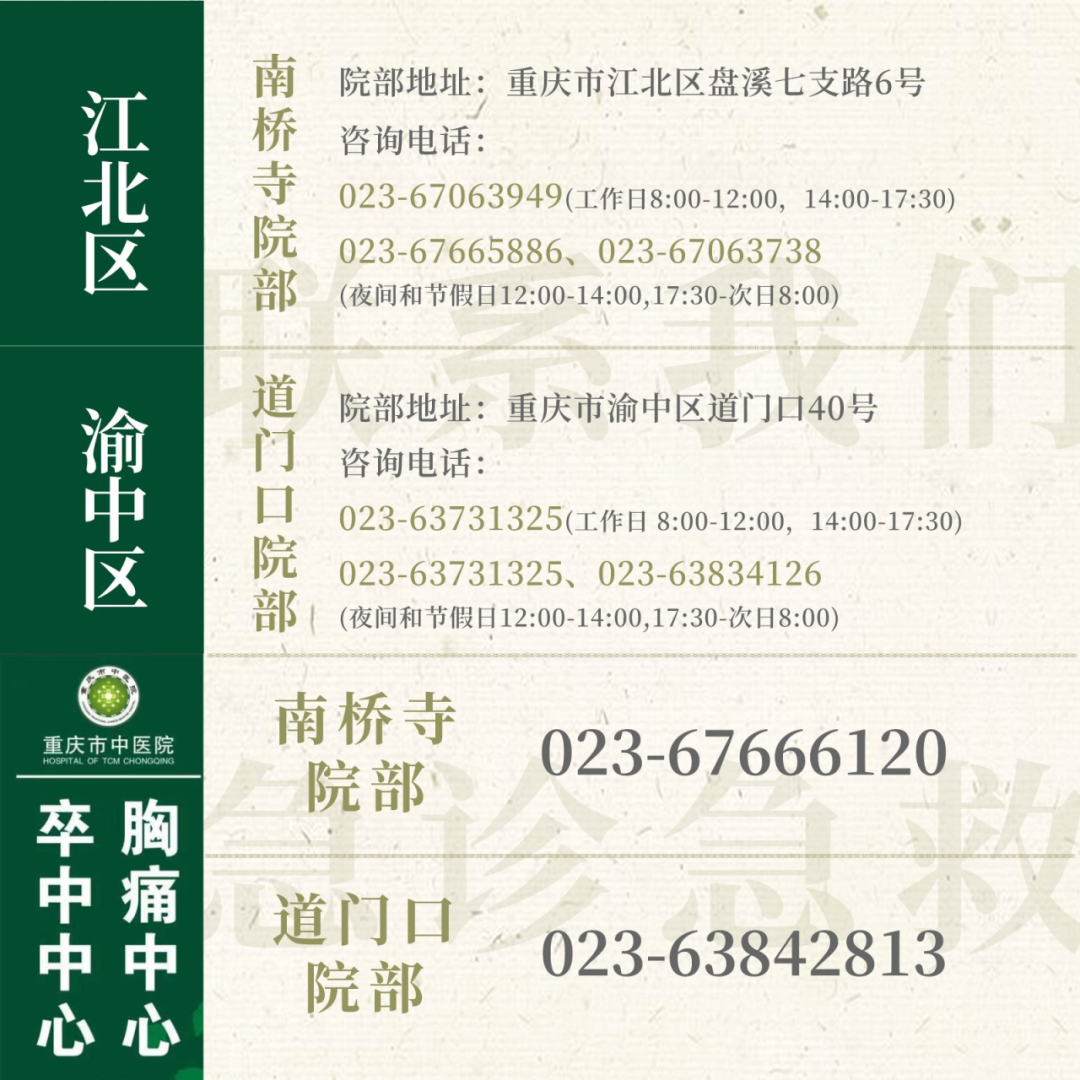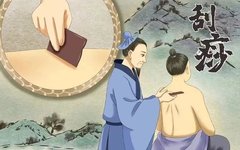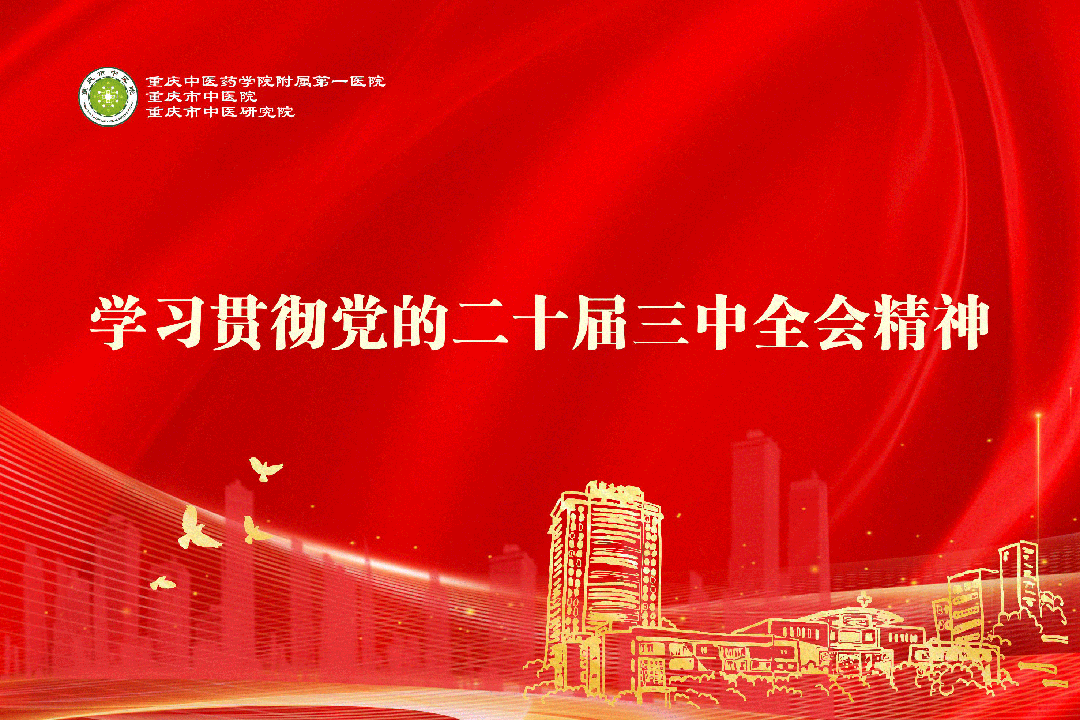
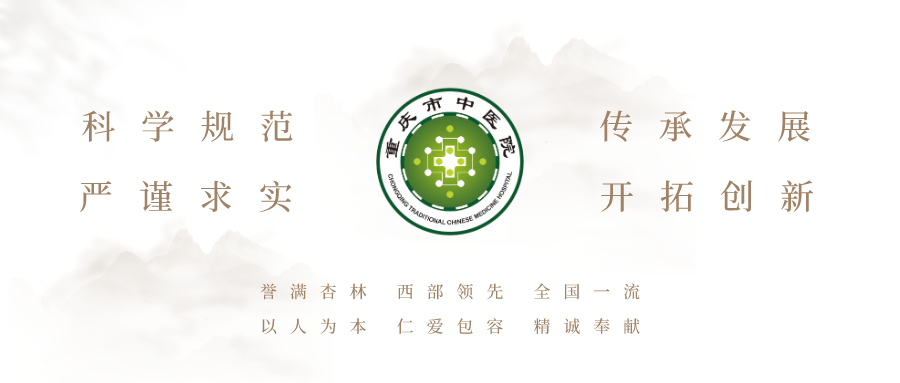
When it comes to Gua Sha, many people are familiar with it. It is one of the natural therapeutic methods in Traditional Chinese Medicine (TCM) and can be used in conjunction with moxibustion and cupping to achieve the effects of promoting circulation, strengthening the body, and expelling pathogens. In modern times, Gua Sha is applied in various fields such as disease prevention, treatment, and beauty.
So, what is the principle behind Gua Sha, and what should be noted during the process?
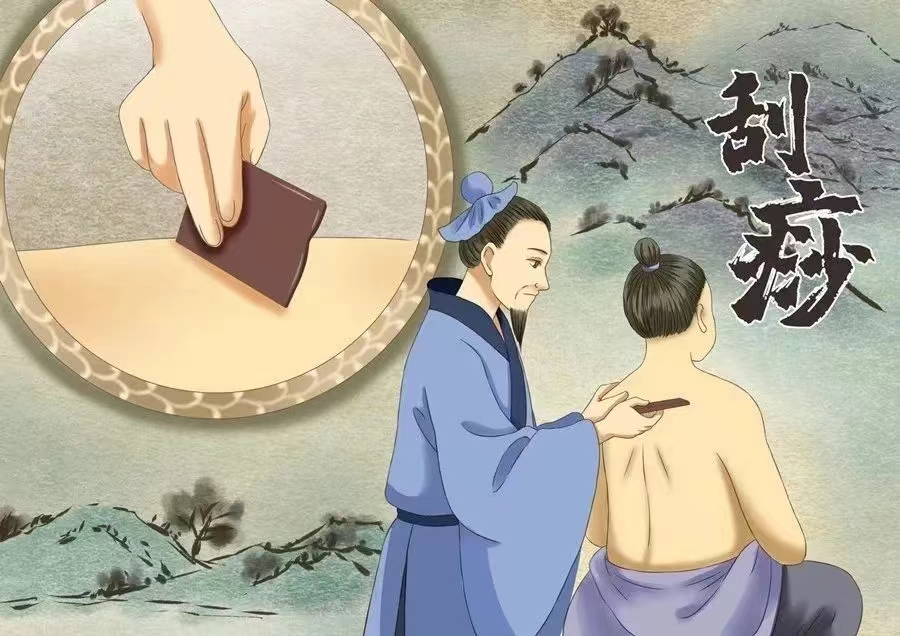
1. What is Gua Sha?
Gua Sha involves using specialized scraping tools, applying a certain medium, and repeatedly scraping and rubbing the skin surface to induce “Sha” (red marks), thereby achieving effects such as invigorating blood circulation, relieving muscle tension, detoxifying, clearing heat, and regulating the spleen and stomach.
Traditional Chinese Medicine believes that Qi circulates continuously in the body, and the hub that governs the rise and fall of Qi is called Qi mechanism. Therefore, diseases related to Qi are primarily due to the imbalance of the Qi mechanism. Gua Sha aims to regulate Qi, stimulate the circulation of Qi and blood, expel pathogens, and enhance self-healing capabilities to treat diseases.
The skin is closely connected to the meridians, and Gua Sha stimulates the meridians on the body surface, promoting the flow of Qi and blood, and regulating the functions of the internal organs.
According to modern medical explanations, the pores on the skin can release heat toxins and excrete skin toxins while evaporating moisture. These pores serve as both treatment points and pathways for expelling diseases. Gua Sha can promote local blood circulation and stimulate the immune response.
2. What is ‘Sha’?
The areas treated with Gua Sha often appear red, which is what we commonly refer to as “Sha”. The process of “Sha” formation involves the dilation of blood vessels leading to the rupture of capillaries, resulting in localized bruising on the skin.
Blood clots soon dissolve, producing a new irritant that not only adjusts immune function and enhances immunity but also regulates brain excitation and inhibition.
Individuals with significant dampness and coldness may exhibit more pronounced “Sha” after Gua Sha.
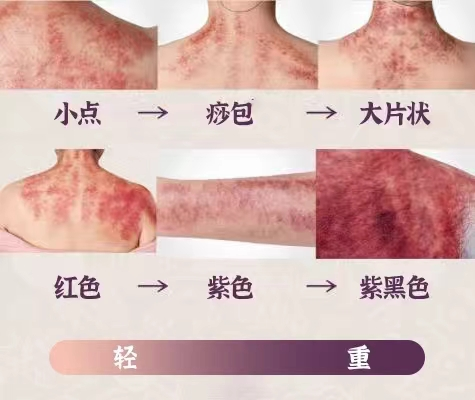
What Do Different Forms of ‘Sha’ Represent?
● Small Points
Appearance: Shallow red or red spots with a diameter of less than 1 cm, scattered and slightly raised above the skin surface. If you scrape out small red points, don’t be too happy; this level is relatively harmless, indicating that your body is generally healthy, and minor issues can be adjusted with Gua Sha.
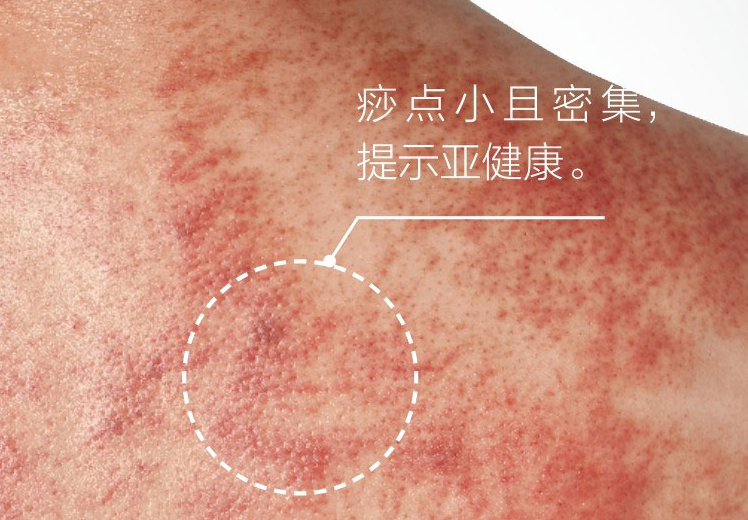
● Patchy
Appearance: Shallow red or red spots with a diameter of 1-2 cm, densely distributed in patches, not raised above the skin surface. Those with a fear of dense patterns may feel extremely uncomfortable seeing these connected patches of red spots, which indicate significant stagnation. Older individuals, those under prolonged stress, and those with irregular lifestyles are more likely to develop this patchy “Sha”.
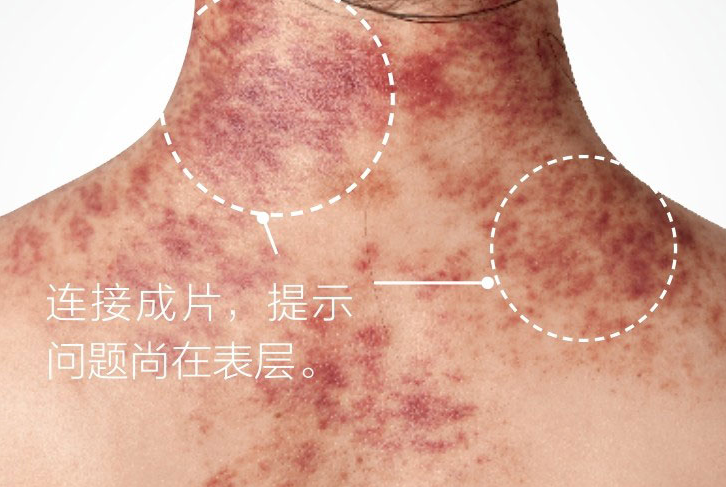
● Sha Bumps
Appearance: Multiple medium-sized purple or dark purple spots, raised above the skin surface. Sha bumps usually indicate a pre-existing condition, reminding you that your body is in a sub-healthy or diseased state, formed by long-term accumulation, and symptoms may be present.
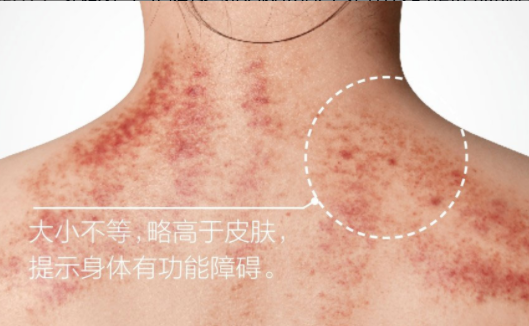
● Large Patchy
Appearance: Purple or bluish-purple spots with a diameter greater than 2 cm, forming lumps and significantly raised above the skin surface. This indicates a more serious sub-healthy or diseased state, and noticeable symptoms should prompt timely treatment.
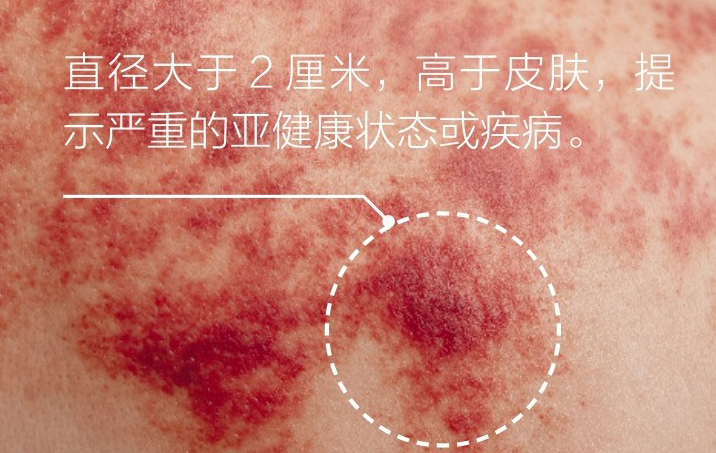
3. Is More ‘Sha’ Always Better?
Different individuals will produce different red marks after Gua Sha. It is incorrect to judge the effectiveness of Gua Sha solely by the amount of red marks. Excessive force during Gua Sha may lead to more red marks. However, it is also incorrect to say that Gua Sha is ineffective if no “Sha” is visible, as it may be that the “Sha” is not easily seen.
Some specific populations are not recommended to undergo Gua Sha, such as those with fragile blood vessels, low platelet counts, or coagulation disorders, as blind application of Gua Sha may lead to abnormal bleeding. This may appear as excessive “Sha”, but it can cause new damage.
Who Should Avoid Gua Sha?
● Patients with skin diseases should avoid Gua Sha therapy; those with edema, diabetes, and heart disease should refrain from Gua Sha;
● Patients with hemophilia, hemorrhagic purpura, and other bleeding disorders should not undergo Gua Sha treatment;
● Patients with low blood pressure, low blood sugar, extreme weakness, and those who are particularly sensitive to pain should use gentle techniques;
● Pregnant women and infants should be cautious with Gua Sha;
● Those who are overly hungry, overly full, or excessively fatigued should avoid Gua Sha.
4. Common Gua Sha Areas and Their Effects
Head Gua Sha
Can promote blood circulation in the head, relieve fatigue, alleviate headaches, improve blood supply to the brain, and provide a sense of relaxation. For those with tight scalp and headaches, it can improve local blood circulation.
Neck and Shoulder Gua Sha
Has the effect of dispelling wind, unblocking meridians, and invigorating blood circulation, which can improve neck and shoulder stiffness and has therapeutic effects on conditions affecting the head, throat, and other areas.
Back Gua Sha
Can help regulate Yin and Yang, adjust the internal organs, relieve muscle tension, and strengthen the kidneys. It enhances the body’s defensive functions and expels internal dampness, while also increasing the body’s immune response and improving lung function.
Choosing Gua Sha Tools:
Common Gua Sha tools include Gua Sha boards and Gua Sha oils. Gua Sha boards can be made from materials like horn, jade, or Bian stone; Gua Sha oils can be liquid or cream-based, and even water can be used to reduce pain during the process and prevent excessive friction on the skin.
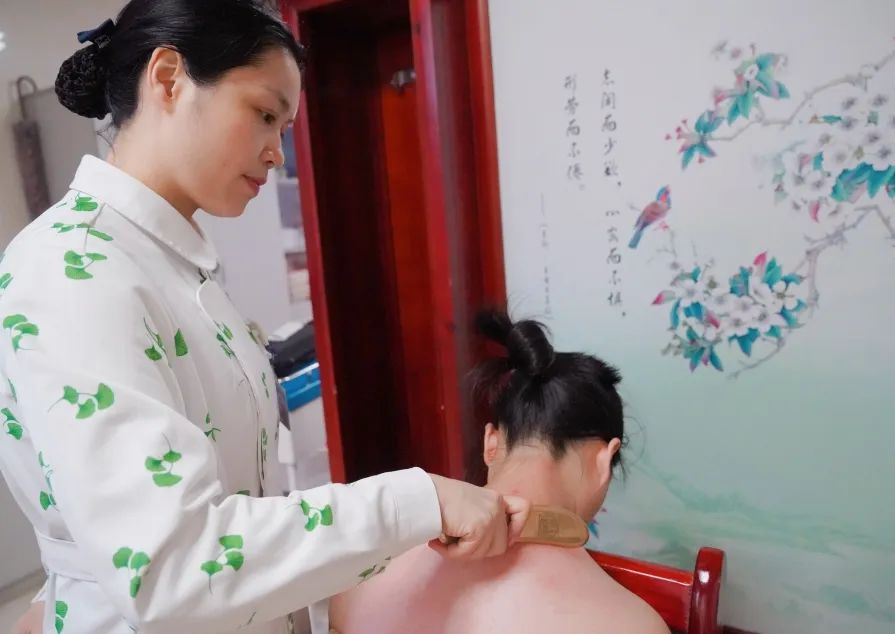
5. Precautions for Gua Sha
1. Do not consume alcohol within 24 hours before and after Gua Sha; intoxicated individuals should avoid it;
2. Avoid Gua Sha when overly full or too hungry;
3. Do not perform Gua Sha on the nipples or genital areas;
4. Avoid Gua Sha on areas with skin ulcers;
5. Those with chronic lower body issues, such as constipation, should be cautious with abdominal points to prevent Qi from rising;
6. Wait three hours after Gua Sha before bathing. Since Gua Sha opens the back, bathing immediately afterward may allow cold and dampness to enter the skin. It is better to wait until the skin pores have closed;
7. There is no need for special treatment of the Sha marks; pain and heat sensations in the skin after Gua Sha are normal;
8. If fainting occurs, lay the person down, ensure ventilation, and apply pressure to the Neiguan (PC6) or Jiquan (PC8) points until they recover;
9. After Gua Sha, cover the back with clothing to prevent cold pathogens from invading the skin.
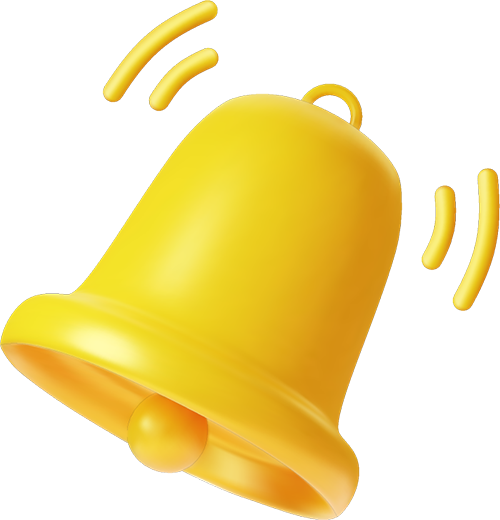
Finally, a reminder: If you need Gua Sha, try to go to a reputable hospital or therapy center and have it performed by a professional. If you feel any discomfort during the process, be sure to inform the medical staff promptly.
Department Introduction
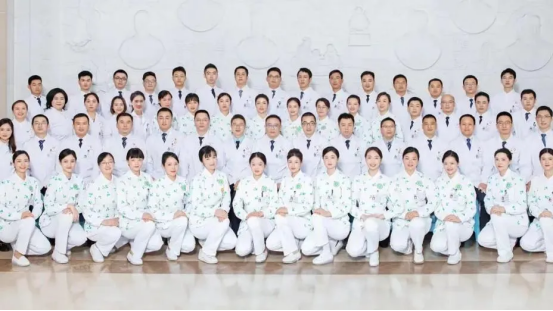
The Rehabilitation Department of Chongqing Traditional Chinese Medicine Hospital combines traditional TCM rehabilitation with modern rehabilitation techniques, integrating clinical rehabilitation, teaching, and research. It has undertaken and completed the national standardization project for TCM rehabilitation service capabilities and is a construction unit of the TCM rehabilitation center of the National Administration of Traditional Chinese Medicine, a provincial-level TCM rehabilitation demonstration center, and a municipal-level key TCM specialty. The department currently has two renowned TCM physicians, ten senior professionals, and sixteen master’s and doctoral graduates (including three postdoctoral researchers), with 97 open beds.
Main Diagnosis and Treatment Scope and Technical Features
The department inherits and promotes traditional TCM rehabilitation techniques while introducing modern rehabilitation methods, forming a comprehensive treatment approach that combines traditional and modern rehabilitation. It has rich and complete rehabilitation treatment methods for bone injuries, neurological diseases, adolescent scoliosis, postpartum recovery, pediatric rehabilitation, and internal organ diseases. The integration of TCM and Western medicine is a significant feature of the department.
Recommended Video Channel
Selected Past Articles
Deciphering these three “codes” to build a “protective wall” for cardiovascular health!
Chongqing Traditional Chinese Medicine Hospital provides barrier-free medical services.
Beware! Do not blindly stretch your neck in this situation, or you may regret it for life.
Traditional Chinese Medicine Culture Service Month | Uniting Hearts and Souls, Walking Together on the Medical Path
Written by: Zhu Ziyi
Edited by: Tan Yuhao
Proofread by: He Qian
Reviewed by: Luo Xing
Audited by: Zhou Jie, Liu Xiaoxi, Zhuang Wenge
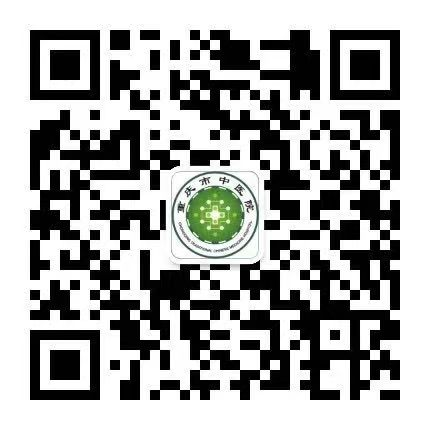
Disclaimer: Except for original content and special notes, some text and images in this article are sourced from the internet and major media outlets. Copyright belongs to the original authors. If you believe the content infringes on your rights, please contact us for removal.

